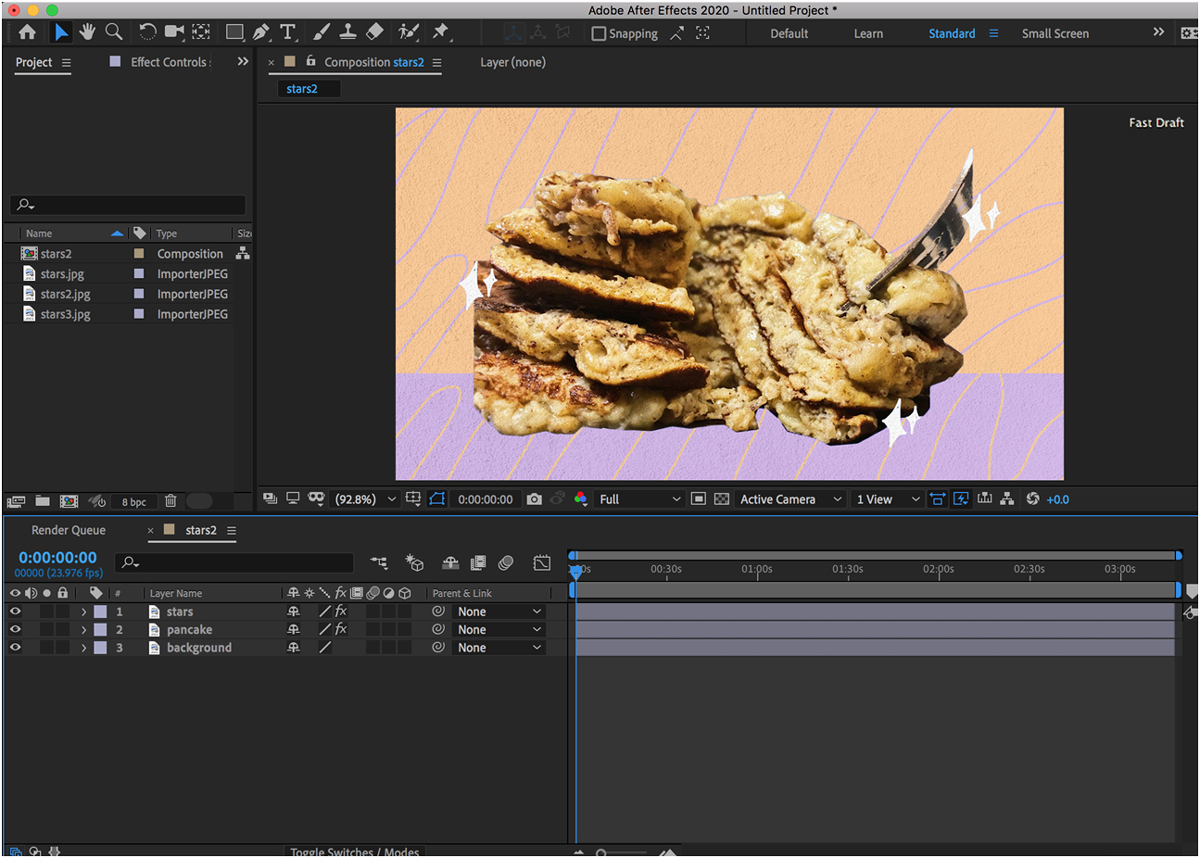
Great, we increased the frequency, but as you remember, the sine values are in the range from -1 to 1.

Let's try to increase the rotational speed, for this, we multiply in parentheses time by 15. In the window that appears, write Math.sin(time). Alt+click on the stopwatch icon to the left of the left wing Rotation Y parameter. You all probably remember from school the wonderful mathematical function sine. Let's not repeat, and animate the left wing in a slightly different way. That's it, now our animation continues all the way to the end of the composition without any keyframes.Ģ) Ok, we animated the right wing. Thus we got 3 key frames.Īfter that we hold down the Alt key and click the stopwatch icon againĪ text area for the expression will appear. Then go forward 4 more frames and change this parameter back to -80. After that we go 4 frames forward and change the Rotation Y parameter to 80. After that, a keyframe will appear at the beginning of the composition, changing the value of the parameter for this key to -80. Therefore, we find the Rotation Y parameter and click on the stopwatch icon to the left of it. According to my calculations, about 60! And, in order not to bother with this huge number of keyframes, the program developers have come up with one simple expression - loopOut. But can you imagine how many keyframes we need to put to animate the wing during a small five-second composition.


Suppose we have a butterfly assembled from three parts: left wing, right wing, and body.Īnd we need to make the wings rotate around the Y-axis without stopping, thereby creating the effect of realistic flapping of the wings. A simple expression for looping the animation. I use these expressions in almost every other project and they make my life much easier.ġ) So, the first one is loopOut(). In this article, I want to tell you about 5 simple, but nevertheless very useful expressions.


 0 kommentar(er)
0 kommentar(er)
